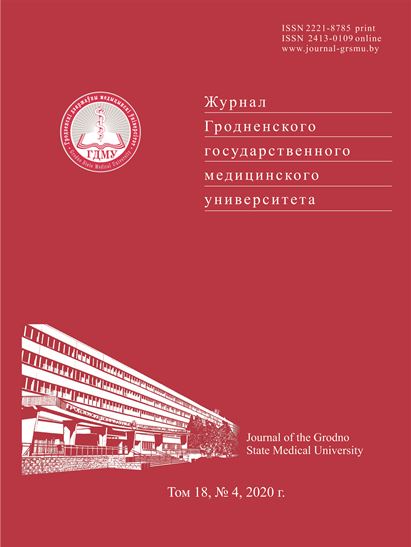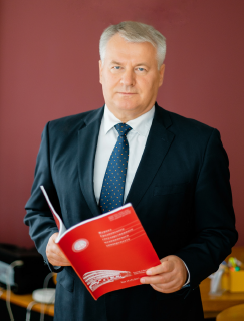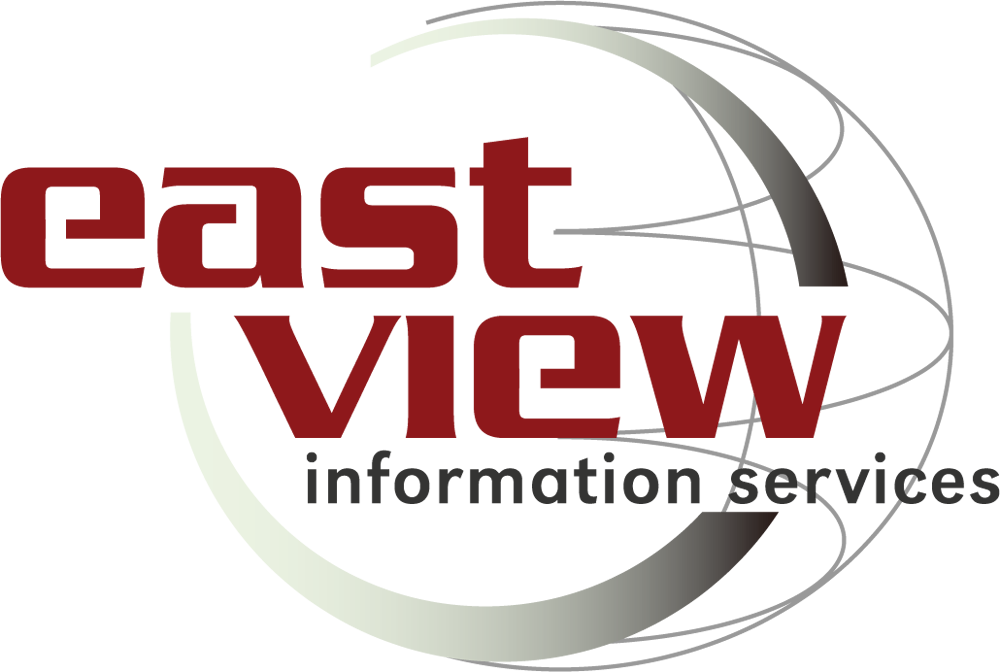НЮАНСЫ ВЫБОРА ЭКСПЕРИМЕНТАЛЬНОГО ЖИВОТНОГО ДЛЯ МОДЕЛИРОВАНИЯ ПРОЦЕССА ЗАЖИВЛЕНИЯ КОЖНОЙ РАНЫ
Аннотация
Введение. Процесс выбора экспериментального животного для моделирования различных процессов организма человека, в том числе создания кожной раны, чрезвыйчайно сложен для исследователя ввиду разбросанности имеющихся данных по литературным источникам и отсутствия единого современного справочного пособия. Цель работы – анализ анатомо-физиологических и экономических особенностей разных видов животных при их выборе в качестве моделей для оценки ранозаживляющих свойств средств местного лечения кожных ран. Материал и методы. Выполнен анализ 35 русско- и англоязычных источников. Результаты. В представленной статье излагаются общие и отличительные особенности разных видов применяемых и перспективных экспериментальных животных. Продемонстрированы преимущества и недостатки выбора крупных или мелких животных, показаны ориентировочная стоимость и затраты на кормление. Выводы. При выборе экспериментального животного следует учитывать финансовые затраты, доступность, простоту содержания, опыт исследователя, анатомо-физиологическое сходство с человеком и информацию, которую мы хотим получить в результате эксперимента. В ходе моделирования кожной раны и интерпретации полученных данных надо принимать во внимание анатомо-физиологические особенности строения кожи животного.
Литература
Robinson NB, Krieger K, Khan FM, Huffman W, Chang M, Naik A, Yongle R, Hameed I, Krieger K, Girardi LN, Gaudino M. The current state of animal models in research: a review. International Journal of Surgery. 2019;72:9-13. https://doi.org/10.1016/j.ijsu.2019.10.015.
Singh S, Young A, McNaught CE. The physiology of wound healing. Surgery. 2017;35(9):473-477. https://doi.org/10.1016/j.mpsur.2017.06.004.
Sharp P, Villano JS. The laboratory rat. 2nd ed. Boca Raton: CRC Press; 2012. 399 p.
Danneman PJ, Suckow MA, Brayton C. The laboratory mouse. 2nd ed. Boca Raton: CRC Press; 2012. 256 p.
Zapadnjuk IP, Zapadnjuk VI, Zaharija EA, Zapadnjuk BV. Laboratornye zhivotnye. Razvedenie, soderzhanie, ispolzovanie v jeksperimente. 3rd ed. Kiev: Vishha shkola; 1983. 383 p. (Russian).
Sendrjakova VN, Kokaeva IK, Trohov KA, Bukatin MV. Problemy modelirovanija gnojnoj rany u krys [Problems of modeling purulent wounds in rats]. Uspehi sovremennogo estestvoznanija [Advances in current natural sciences]. 2013;8:38. (Russian).
Smotrin SM, Dovnar RI, Vasilkov AYu, Prokopchik NI, Ioskevich NN. Vlijanie perevjazochnogo materiala, soderzhashhego nanochasticy zolota ili serebra, na zazhivlenie jeksperimentalnoj rany [Effect of bandaging material containing gold and silver nanoparticles on the experimental wound healing]. Zhurnal Grodnenskogo gosudarstvennogo meditsinskogo universiteta [Journal of the Grodno State Medical University]. 2012;1(37):75-80. (Russian).
Makalowski W, Zhang J, Boguski MS. Comparative analysis of 1196 orthologous mouse and human fulllength mRNA and protein sequences. Genome Research. 1996;6(9):846-857. https://doi.org/10.1101/gr.6.9.846.
Cohen IK, Moore CD, Diegelmann RF. Onset and localization of collagen synthesis during wound healing in open rat skin wounds. Proceedings of the Society for Experimental Biology and Medicine. 1979;160(4):458462. https://doi.org/10.3181/00379727-160-40470.
Dorsett-Martin WA. Rat models of skin wound healing: a review. Wound Repair and Regeneration. 2004;12(6):591599. https://doi.org/10.1111/j.1067-1927.2004.12601.x.
Wong VW, Sorkin M, Glotzbach JP, Longaker MT, Gurtner GC. Surgical approaches to create murine models of human wound healing. Journal of Biomedicine and Biotechnology. 2011;2011:969618. https://doi.org/10.1155/2011/969618.
Lu C, Fuchs E. Sweat gland progenitors in development, homeostasis, and wound repair. Cold Spring Harbor Perspectives in Medicine. 2014;4(2):a015222. https://doi.org/10.1101/cshperspect.a015222.
Ito M, Liu Y, Yang Z, Nguyen J, Liang F, Morris RJ, Cotsarelis G. Stem cells in the hair follicle bulge contribute to wound repair but not to homeostasis of the epidermis. Nature Medicine. 2005;11(12):1351-1354. https://doi.org/10.1038/nm1328.
Azzi L, El-Alfy M, Martel C, Labrie F. Gender differences in mouse skin morphology and specific effects of sex steroids and dehydroepiandrosterone. Journal of Investigative Dermatology. 2005;124(1):22-27. https://doi.org/10.1111/j.0022-202X.2004.23545.x.
Montagna W, Yun JS. The skin of the domestic pig. Journal of Investigative Dermatology. 1964;42:11-21.
Sullivan TP, Eaglstein WH, Davis SC, Mertz P. The pig as a model for human wound healing. Wound Repair and Regeneration. 2001;9(2):66-76. https://doi.org/10.1046/j.1524475x.2001.00066.x.
Bartek MJ, LaBudde JA, Maibach HI. Skin permeability in vivo: comparison in rat, rabbit, pig and man. Journal of Investigative Dermatology. 1972;58(3):114-123. https://doi.org/10.1111/1523-1747.ep12538909.
Bollen PJ, Hansen AK, Olsen Alstrup AK. The laboratory swine. 2nd ed. Boca Raton: CRC Press; 2010. 138 p.
Montagna W. Some particularities of human skin and the skin of nonhuman primates. Giornale Italiano di Dermatologia e Venereologia. 1984;119(1):1-4.
Yao F, Visovatti S, Johnson CS, Chen M, Slama J, Wenger A, Eriksson E. Age and growth factors in porcine full-thickness wound healing. Wound Repair and Regeneration. 2001;9(5):371-377. https://doi.org/10.1046/j.1524475x.2001.00371.x.
Zhu KQ, Carrougher GJ, Gibran NS, Isik FF, Engrav LH. Review of the female Duroc/Yorkshire pig model of human fibroproliferative scarring. Wound Repair and Regeneration. 2007;15(Suppl 1):S32-S39. https://doi.org/10.1111/j.1524-475X.2007.00223.x.
Seaton M, Hocking A, Gibran NS. Porcine models of cutaneous wound healing. National Research Council, Institute of Laboratory Animal Resources. 2015;56(1):127138. https://doi.org/10.1093/ilar/ilv016.
Hyodo A, Reger SI, Negami S, Kambic H, Reyes E, Browne EZ. Evaluation of a pressure sore model using monoplegic pigs. Plastic and Reconstructive Surgery. 1995;96(2):421-428. https://doi.org/10.1097/00006534-19950800000025.
Ahn ST, Mustoe TA. Effects of ischemia on ulcer wound healing: a new model in the rabbit ear. Annals of Plastic Surgery. 1990;24(1):17-23. https://doi.org/10.1097/00000637199001000-00004.
Xia YP, Zhao Y, Marcus J, Jimenez PA, Ruben SM, Moore PA, Khan F, Mustoe TA. Effects of keratinocyte growth factor-2 (KGF-2) on wound healing in an ischaemiaimpaired rabbit ear model and on scar formation. Journal of Pathology. 1999;188(4):431-438. https://doi.org/10.1002/(SICI)1096-9896(199908)188:4%3C431::AIDPATH362%3E3.0.CO;2-B.
Bohling MW, Henderson RA, Swaim SF, Kincaid SA, Wright JC. Cutaneous wound healing in the cat: a macroscopic description and comparison with cutaneous wound healing in the dog. Veterinary Surgery. 2004;33(6):579-587. https://doi.org/10.1111/j.1532950X.2004.04081.x.
Volk SW, Bohling MW. Comparative wound healing – are the small animal veterinarian’s clinical patients an improved translational model for human wound healing research? Wound Repair and Regeneration. 2013;21(3):372-381. https://doi.org/10.1111/wrr.12049.
Silverstein RJ, Landsman AS. The effects of a moderate and high dose of vitamin C on wound healing in a controlled guinea pig model. Journal of Foot & Ankle Surgery. 1999;38(5):333-338. https://doi.org/10.1016/s1067-2516(99)80004-0.
Clemons DJ, Seeman JL. The laboratory Guinea Pig. 2nd ed. Boca Raton: CRC Press; 2011. 158p.
Richardson R, Slanchev K, Kraus C, Knyphausen P, Eming S, Hammerschmidt M. Adult zebrafish as a model system for cutaneous wound-healing research. Journal of Investigative Dermatology. 2013;133(6):1655-1665. https://doi.org/10.1038/jid.2013.16.
Hoodless LJ, Lucas CD, Duffin R, Denvir MA, Haslett C, Tucker CS, Rossi AG. Genetic and pharmacological inhibition of CDK9 drives neutrophil apoptosis to resolve inflammation in zebrafish in vivo. Scientific Reports. 2016;6:36980. https://doi.org/10.1038/srep36980.
Richardson R, Metzger M, Knyphausen P, Ramezani T, Slanchev K, Kraus C, Schmelzer E, Hammerschmidt M. Re-epithelialization of cutaneous wounds in adult zebrafish combines mechanisms of wound closure in embryonic and adult mammals. Development. 2016;143(12):2077-2088. https://doi.org/10.1242/dev.130492.
Seifert AW, Monaghan JR, Voss SR, Maden M. Skin regeneration in adult axolotls: a blueprint for scar-free healing in vertebrates. PLoS One. 2012;7(4):e32875. https://doi.org/10.1371/journal.pone.0032875.
Fortman JD, Hewett TA, Halliday LC. The laboratory nonhuman primate. 2nd ed. Boca Raton: CRC Press; 2017. 366 p.
Mitchell MA, Tully TN. Manual of exotic pet practice. 1st ed. Amsterdam: Elsevier; 2008. 560 p































